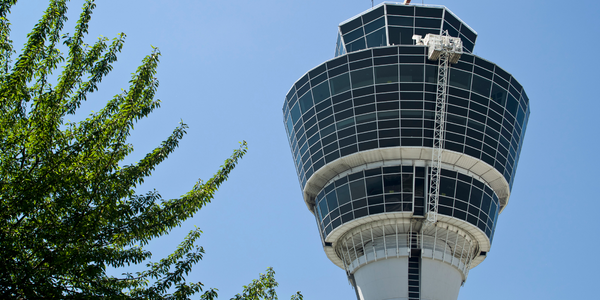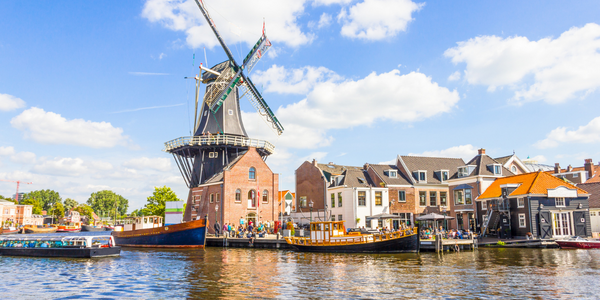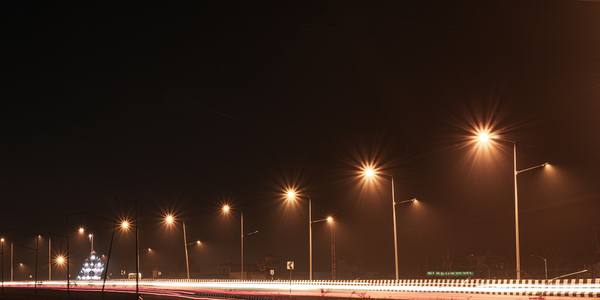The Software Solution that Increased Trips per Hour
Customer Company Size
Large Corporate
Region
- America
Country
- Canada
Product
- NovusDR
- Rangers
- Passenger Portal
- Notifications
- TripBroker
Tech Stack
- IVR
- Mobile Data Terminals
Implementation Scale
- Enterprise-wide Deployment
Impact Metrics
- Customer Satisfaction
- Productivity Improvements
Technology Category
- Functional Applications - Enterprise Resource Planning Systems (ERP)
- Functional Applications - Remote Monitoring & Control Systems
Applicable Industries
- Transportation
- Cities & Municipalities
Applicable Functions
- Logistics & Transportation
- Business Operation
Use Cases
- Fleet Management
- Predictive Maintenance
- Remote Asset Management
Services
- System Integration
- Software Design & Engineering Services
About The Customer
GoBus Accessible Transit is the paratransit provider for the City of St. John’s and the City of Mount Pearl in Newfoundland and Labrador, Canada. GoBus’ day-to-day service is contracted to MVT Canadian Bus Lines, while contract administration, policy development, and eligibility applications are handled by the regional transit agency, Metrobus. GoBus operates with a fleet of 18 vehicles and 35 drivers, providing around 700 trips per day. The agency has been using TripSpark’s software since September 2017 to enhance its service delivery and meet the needs of its passengers, particularly those with disabilities who require more reliable and accessible transit options.
The Challenge
The initial issue that spurred GoBus to look for a new technology partner was that their previous vendor’s scheduling and routing software was not reliably updating their in-vehicle mobile data terminals, TripSpark’s Rangers. A customer would call in using IVR to book or cancel their trip, but scheduling changes would not be reflected in the driver’s manifest, resulting in missed or unnecessary trips. The second motivating factor was the limited range of available functionality. Some riders were requesting an online option because they had experienced booking errors due to miscommunications or disability-related communication challenges when speaking with calltakers. “Customers felt that being able to control [their trip booking] themselves through an online option would correct some of those errors and give them more independence and control over their GoBus service,” said Power. Together, Notifications and Passenger Portal have led to reduced booking and ‘where’s the bus’ calls to dispatch, while portal-users are reporting that they are able to avoid booking errors by managing their own trips.
The Solution
TripSpark’s paratransit software suite, NovusDR, provided GoBus with the necessary tools and features to address their challenges. GoBus purchased NovusDR scheduling and routing software, TripBroker, Notifications, and Passenger Portal, in addition to their preinstalled Rangers. The Passenger Portal is an online tool that allows customers to log in to book or cancel rides, view upcoming trips, and manage their profile for notification preferences, mobility aids, required assistance, and travel companions. This tool has significantly increased the independence of paratransit customers, making trip bookings more convenient and reducing errors. Notifications allow GoBus riders to opt-in to receive various alerts, including booking and cancellation confirmations, imminent arrival notifications, no-show notifications, and night-before trip reminders. These notifications can be sent via text, email, or automated phone call, improving on-time pick-ups and reducing 'where’s the bus?' calls to dispatch.
Operational Impact
Quantitative Benefit

Case Study missing?
Start adding your own!
Register with your work email and create a new case study profile for your business.
Related Case Studies.

Case Study
Turning A Stadium Into A Smart Building
Honeywell created what it called the “intelligent system” for the National Stadium in Beijing, China, turning the venue for the opening and closing events at the 2008 Summer Olympics into a “smart building.” Designed by highly controversial artist Ai Weiwei, the “Bird’s Nest” remains one of the most impressive feats of stadium architecture in the world. The 250,000 square meter structure housed more than 100,000 athletes and spectators at a time. To accommodate such capacity, China turned to Honeywell’s EBI Integrated Building Management System to create an integrated “intelligent system” for improved building security, safety and energy efficiency.
.png)
Case Study
Smart Street Light Network (Copenhagen)
Key stakeholders are taking a comprehensive approach to rethinking smart city innovation. City leaders have collaborated through partnerships involving government, research institutions and solution providers. The Copenhagen Solutions Lab is one of the leading organizations at the forefront of this movement. By bringing together manufacturers with municipal buyers, the Copenhagen Solutions Lab has catalyzed the development and deployment of next-generation smart city innovations. Copenhagen is leveraging this unique approach to accelerate the implementation of smart city solutions. One of the primary focus areas is LED street lighting.

Case Study
Airport SCADA Systems Improve Service Levels
Modern airports are one of the busiest environments on Earth and rely on process automation equipment to ensure service operators achieve their KPIs. Increasingly airport SCADA systems are being used to control all aspects of the operation and associated facilities. This is because unplanned system downtime can cost dearly, both in terms of reduced revenues and the associated loss of customer satisfaction due to inevitable travel inconvenience and disruption.

Case Study
IoT-based Fleet Intelligence Innovation
Speed to market is precious for DRVR, a rapidly growing start-up company. With a business model dependent on reliable mobile data, managers were spending their lives trying to negotiate data roaming deals with mobile network operators in different countries. And, even then, service quality was a constant concern.

Case Study
Buoy Status Monitoring with LoRa
The Netherlands are well-known for their inland waterways, canals, sluices and of course port activities. The Dutch Ministry of Infrastructure indicates that there are thousands of buoys and fixed items in and near water environments that would profit from IoT monitoring. One of the problems with buoys for example, is that they get hit by ships and the anchor cable breaks. Without connectivity, it takes quite some time to find out that something has happened with that buoy. Not to mention the costs of renting a boat to go to the buoy to fix it. Another important issue, is that there is no real-time monitoring of the buoys at this moment. Only by physically visiting the object on the water, one gains insight in its status.







